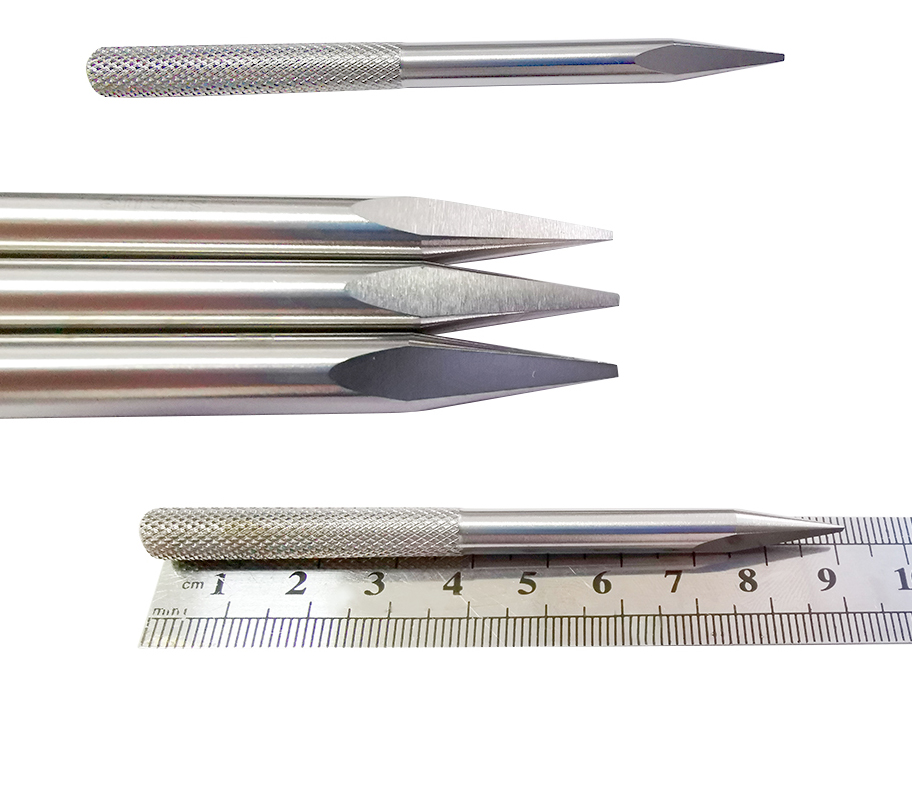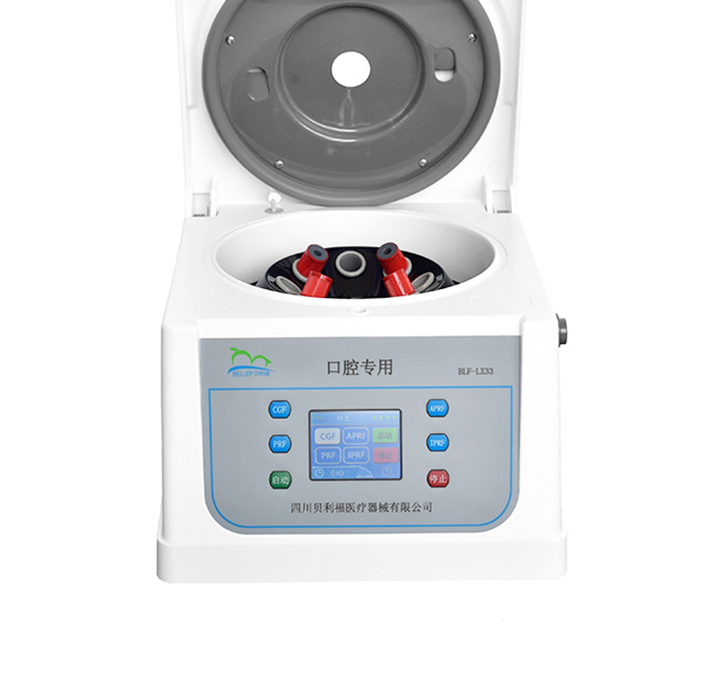dental forcep names
Dental forceps are essential instruments in dental practice, meticulously designed for the precise extraction of teeth and their roots. These specialized tools come in various names based on their specific functions and anatomical applications. Common classifications include maxillary forceps for upper teeth, mandibular forceps for lower teeth, and universal forceps for general use. Each forcep is numbered according to international standards, making identification and selection straightforward for dental professionals. For instance, the #150 forceps are designed for upper molars, while #151 forceps are specifically for lower molars. The anatomical design features include carefully angled beaks, ergonomic handles, and specialized gripping surfaces that match the shape and structure of different teeth. Modern dental forceps incorporate advanced materials like surgical-grade stainless steel, ensuring durability, corrosion resistance, and optimal sterilization capabilities. The naming convention also extends to specialized variants like cow horn forceps, designed for deeply rooted teeth, and root tip forceps for extracting broken root fragments.


